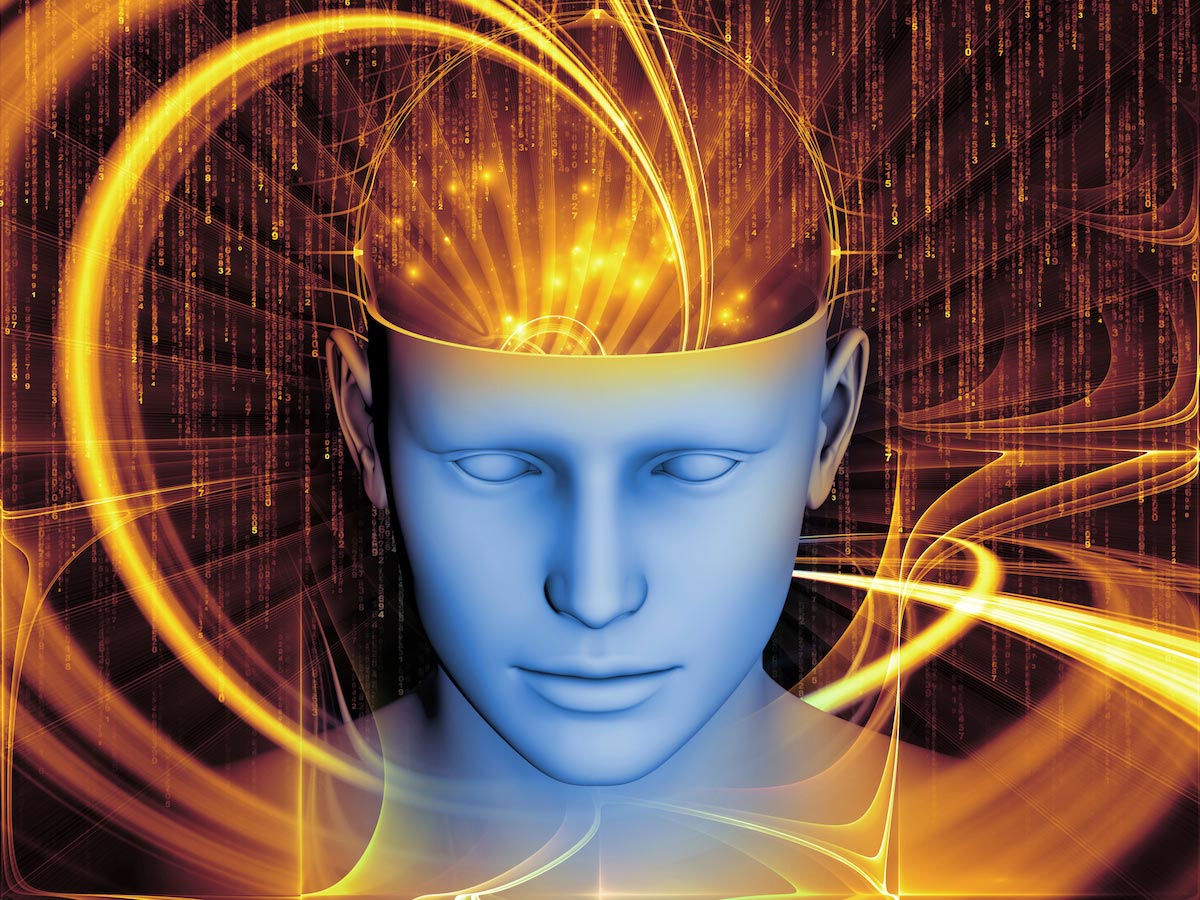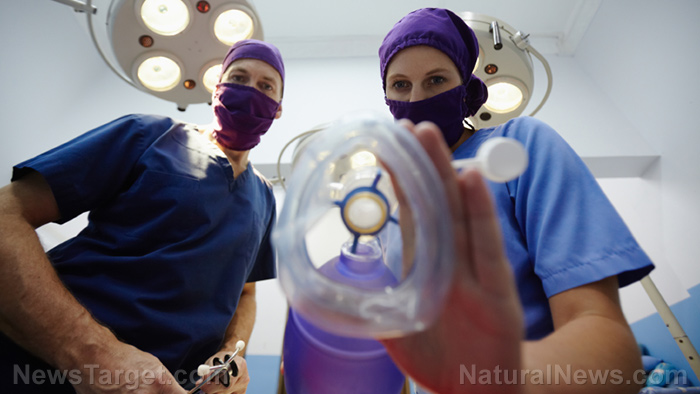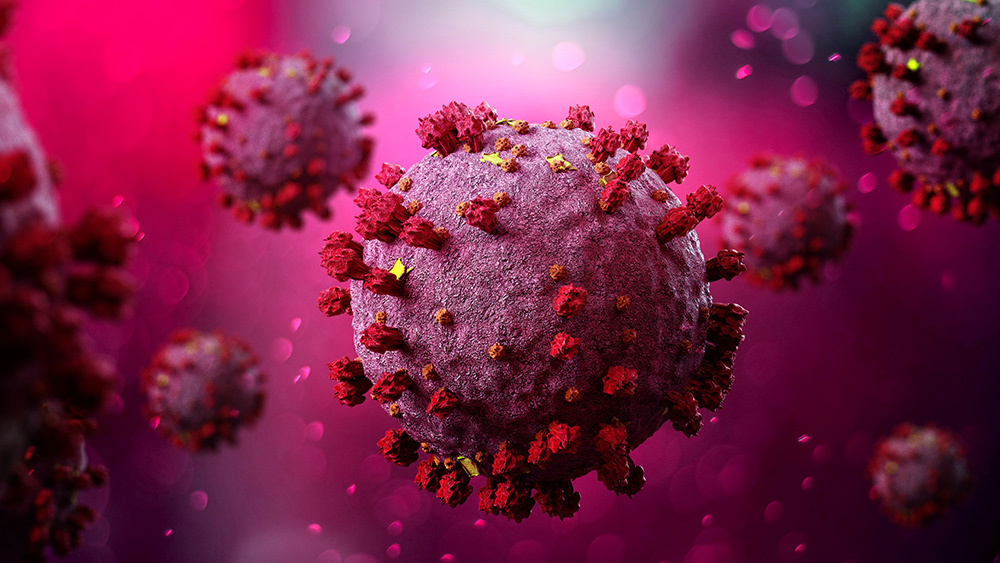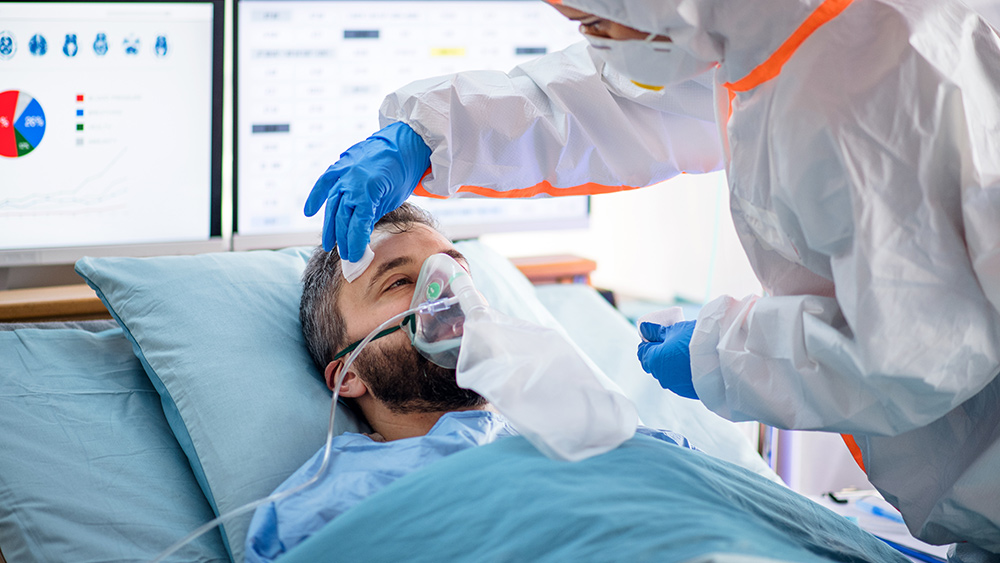Active ingredient in psychedelic tea puts the brain in a “dream-like state,” shows promise as treatment for psychiatric disorders
02/09/2021 / By Virgilio Marin

A potent compound in psychedelic tea can make you “dream while awake,” potentially opening new opportunities for treating psychiatric disorders.
In a study published in Scientific Reports, an international team of researchers found that dimethyltryptamine (DMT) in ayahuasca tea can induce a rhythm of oscillating “delta” and “theta” waves in the brain, similar to the wave pattern during dreaming. People on DMT go through immersive dream-like experiences that feel “more real than real.”
“We found a nice parallel between what happened in the DMT experience and the dream experience,” said Christopher Timmermann, a psychedelics researcher at Imperial College London and the lead author of the study.
The researchers are conducting more studies to learn more about DMT’s effects on the brain and whether the compound can be used for treating mental illness.
Brainwave changes when exposed to DMT
DMT is a natural psychoactive compound found in the chacruna shrub (Psychotria viridis) and the vine (Banisteriopsis caapi). Both plants are used to make ayahuasca, a popular South American brew with potent psychedelic properties. This potent drink is often used by traditional healers to treat physical, spiritual and mental problems. Studies show that ayahuasca helps reduce depression, stress and anxiety.
DMT users often report feeling “completely and radically immersed” in an altered reality. They experience significant emotions and assign great meaning to this experience.

“It feels more real than real,” Timmermann told LiveScience.
Timmermann and his team wanted to find out what happens in the brain when exposed to DMT. They asked 13 healthy adults to take a dose of the compound while getting an electroencephalogram to measure their brainwaves. Each volunteer received both an intravenous dose of DMT and a placebo.
The psychedelic kicked in immediately and wore off in just 20 minutes. During that period, the researchers observed a decrease in alpha waves — the regular oscillations in brain activity that are common during conscious, resting state. Overall electrical activity in the brain also became chaotic, which is the opposite of what happens during dreamless sleep or a coma, when brain activity becomes highly predictable.
These effects are commonly seen in people on other psychedelics, including LSD and psilocybin. But unlike these substances, DMT caused additional changes in brain activity. The compound triggered rhythmic oscillations of delta and theta waves, both of which have greater amplitude and slower frequency than alpha waves. This pattern mimics what happens during rapid-eye-movement sleep — the phase of sleep where the most vivid dreams occur.
“The changes in brain activity that accompany DMT are slightly different from what we see with other psychedelics, such as psilocybin or LSD, where we see mainly only reductions in brainwaves,” said Timmermann.
Psychedelic makes you dream with your eyes open
The participants reported their experience by the minute while DMT was active in their bodies. Their reports indicated that brainwave changes corresponded with the intensity of their experience. As alpha waves dropped and brain waves became more chaotic, the participants’ hallucinogenic experience grew increasingly intense.
“From the altered brainwaves and participants’ reports, it’s clear these people are completely immersed in their experience — it’s like daydreaming only far more vivid and immersive, it’s like dreaming but with your eyes open,” said Timmermann. (Related: The psychedelic nectar from the Himalayan cliff bee can make you hallucinate while healing you.)
It’s still unclear why psychedelics like DMT create highly emotional experiences. Preliminary research showed that these potent substances affect parts of the brain involved in emotions, such as the amygdala and hippocampus, but more studies are needed.
The researchers plan to perform more studies to examine DMT’s effect on different regions of the brain and explore its therapeutic potential. “Physiologically, DMT is very safe and the toxicity profile is quite good,” said Timmermann.
Learn more about alternative treatments for mental illness at Mind.news.
Sources include:
Tagged Under: alternative medicine, ayahuasca, brain health, cognitive health, DMT, food cures, food is medicine, herbal medicine, Herbs, mental health, natural cures, natural medicine, psychedelics, remedies, research





















